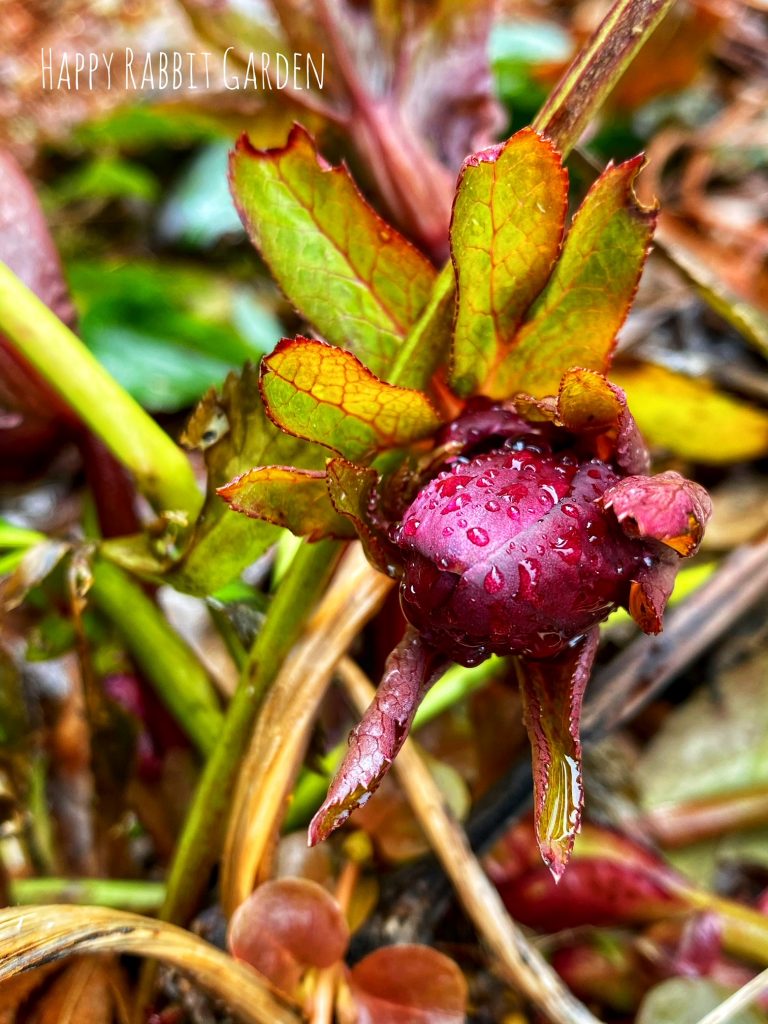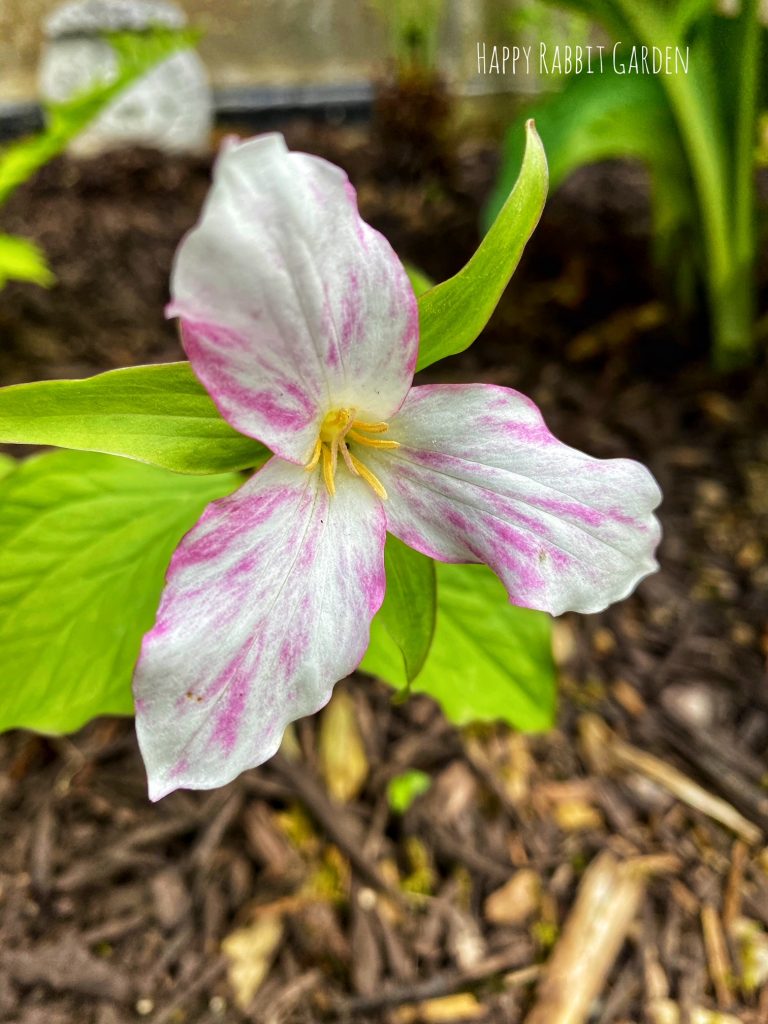We made it to March! We’re having our first snap of warmer weather, which has me slogging through the melting snow and mud to check out the garden every day. It’s not yet spring, but we’re in that weird time of year, when the weather drops to single digits one day, and then heats up into the 60s shortly afterwards. I’m sure we’ll have more snow yet this season, but the string of nice days we’ve been having makes it feel like spring really is going to be here soon.
This time of year is fascinating to me. I mostly plant perennials in the yard, and watching them return each year is so exciting. Right now, the crocuses, daffodils, and tulips are all starting to break up through the ground, and our hellebores have beautiful plump blooms, just waiting to open up.

Hellebores (Lenten Roses)
I’m excited to see these cheery flowers, but I’m really anticipating the first of our native flowers. A few years ago, I started to really pay attention to all the spring wildflowers that I saw in our local metro parks. Virginia bluebells, dutchman’s breeches, jack-in-the-pulpits, trilliums, spring beauties, wild geraniums, wild phlox, trout lilies, bloodroot, hepatica… these gorgeous flowers put on such a beautiful show each year, and I absolutely love going for hikes and spotting them all.
The Ohio Department of Natural Resources website has some great guides for when each of these flowers are starting to bloom in Ohio, as well as an awesome Spring Wildflower Field Guide so you can figure out which flowers are which.
It didn’t take me long to go from enjoying my wildflower-spotting treasure hunts in the park to deciding I needed to bulk up my own native plant collection with some of these springtime gems. While many of these flowers aren’t available at your local big box stores, a lot of garden centers are starting to carry more and more native plants. And, I’ve had great success finding wildflowers at local plant sales and online, from native plant growers and even on Etsy.

Trillium, Ohio’s state wildflower and one of my absolute favorites of springtime
For those of us with cold winters, the nectar in these early spring wildflowers is a really important food source for the bees, moths, butterflies, and other pollinators just waking up from their winter hibernation. There are wildflower species available for every type of space in your garden- from deep shade, to full sun, and after a long winter, it’s always such a joy to see the first flowers of the season start to bloom.
As you’re looking ahead to your gardening for the year, maybe try finding out what wildflowers are native to your region, and planting one. Or ten. (The more you plant, the less availability there will be for me, which is probably for the better, at least, according to my wallet).
There’s just 19 more days until spring officially begins! Happy gardening.
